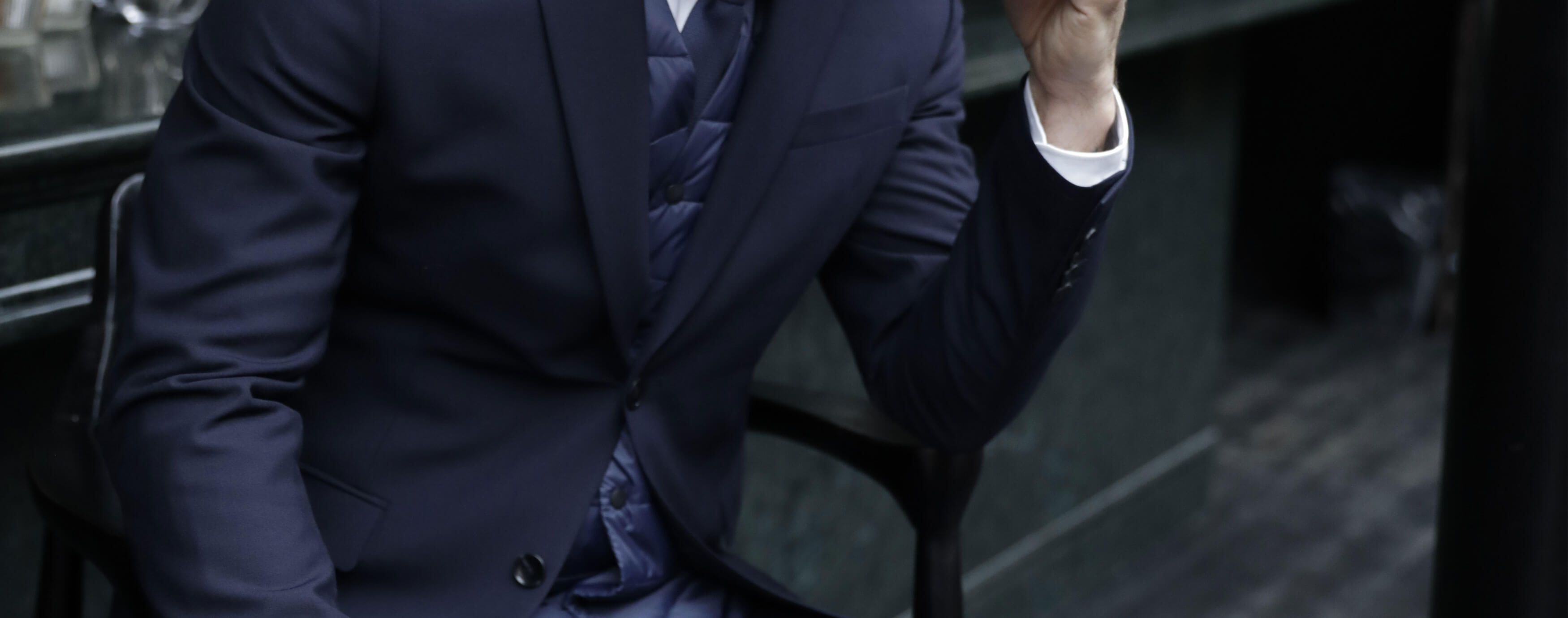
When it comes to work outfits for the catering industry, it is impossible not to think of the world-famous Parisian café waiter. Dressed in black trousers, a white shirt, a waistcoat and a black tie or bow tie, with a large white apron. Today, although this traditional outfit is still used in many bars and restaurants, it has evolved considerably in many others. Nevertheless, the purpose of this outfit worn by catering professionals at the beginning of the century in Parisian cafés has not fundamentally changed. Waiters still need to be easily recognisable while being comfortably dressed, so that they can be very mobile, slip between tables and be quick. On the other hand, today each bar or restaurant seeks to extend its corporate image through its staff outfit. This is one of the reasons for the many expectations in this field. In a restaurant, a brasserie, a café, a fast-food restaurant, etc., the waiting staff outfit is crucial for many reasons. It helps to identify the waiting staff, allows to extend the restaurant’s corporate image, helps the staff to feel part of the team, equal to each other and fully invested when they wear their work outfit. The hygiene dimension is also very important: it would be unthinkable to serve customers in an outfit not perfectly clean and tidy, so the issue of garment care is fundamental. But to be able to fulfil all its missions, the work outfit for the catering industry must be thought out taking into account also other criteria besides the aesthetic ones...
The firs criterion is the restaurant’s corporate image: depending on its positioning (i.e. traditional, upmarket, concept, trendy, etc.) the outfit will vary from the very traditional three-piece suit to the jeans and T-shirt combination completed by a work overshirt, or the chino trousers matched with a more casual shirt, not forgetting the waistcoat that can be matched with all styles to give an extra touch.
The second criterion is the use: to choose the different outfits for the waiting staff, it is necessary to take into account the seasons, adding if necessary a sleeveless down jacket for waiters working outside. You should opt for very comfortable, flexible and well-cut garments so that staff can move freely, slip between tables with their tray without being hindered by a badly cut shirt or trousers that are too stiff. For example, the elasticated waistband of NEOBLU chino trousers is a real asset as it ensures trousers stay in place without constricting the employee.
The third criterion is the quality of the garments chosen and their ease of care. Given the very mobile and active work of the waiting staff in the catering industry, their outfit must be of very good quality so as to be resistant to rubbing, to the sometimes very broad movements, to the many accessories in the pockets, to sweat and to multiple washings... These garments must also be easy to care for (washing and ironing) since it is quite usual in this profession to get dirty with an overflowing drink, a greasy plate or a table dripping with coffee. Clothes are therefore washed very often and must keep their colour, shape and comfort for as long as possible.
Finally, the fourth criterion to take into account is the length of time the supplier will continue to produce the outfits chosen. This is crucial because choosing retail outfits implies not only that they were not originally designed for such use, but also that their production will not necessarily be continued throughout the collections. Since you should aim for uniformity of outfits, if each season or, even worse, each new recruitment means changing the entire wardrobe of each employee, it turns into a money pit! Choosing a brand like NEOBLU, which will keep its collections for several years, will allow, when a new employee arrives, to have only him/her to dress to keep the unity of the team.
Looks like you speak PLACEHOLDER, would you like to visit this site in PLACEHOLDER?